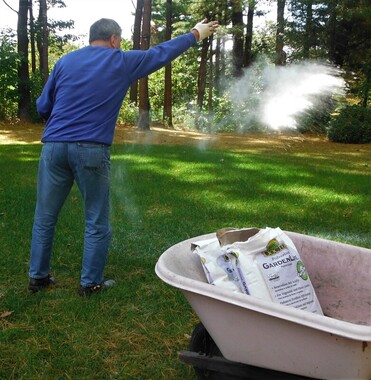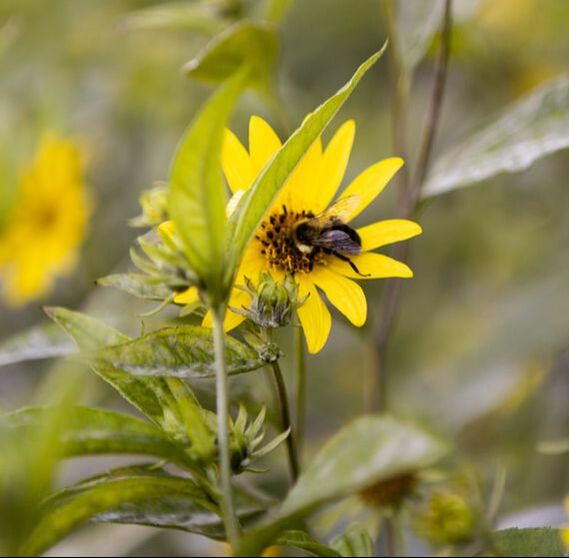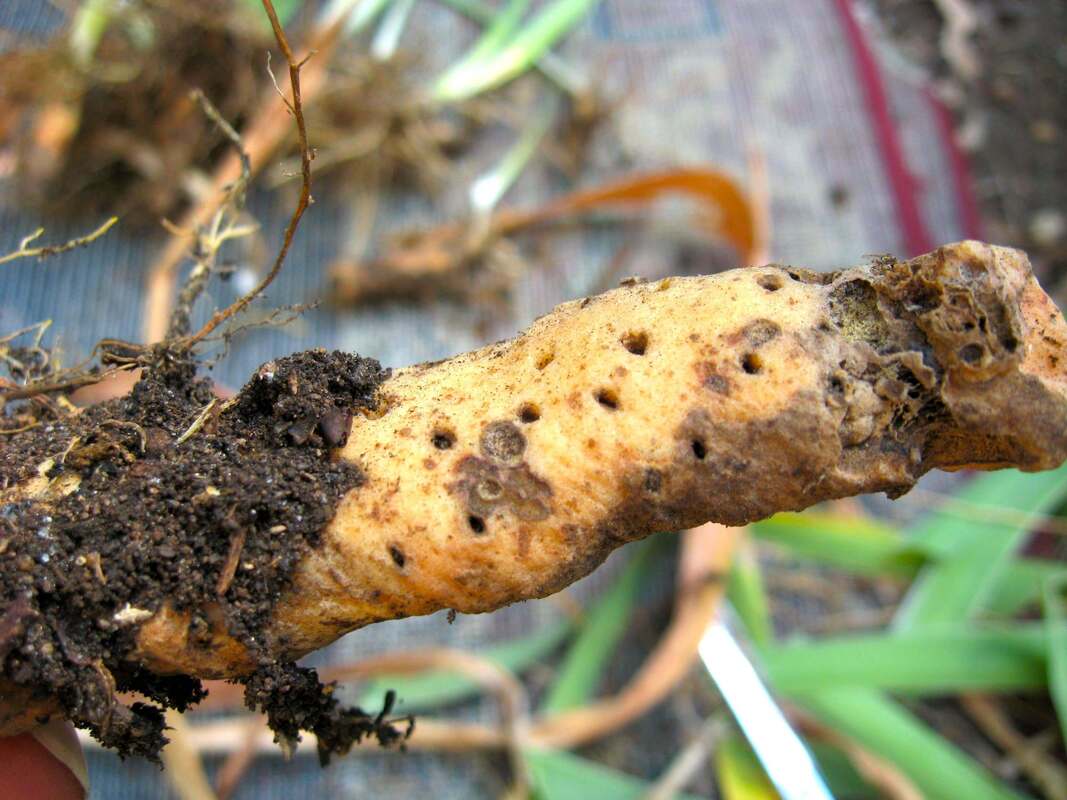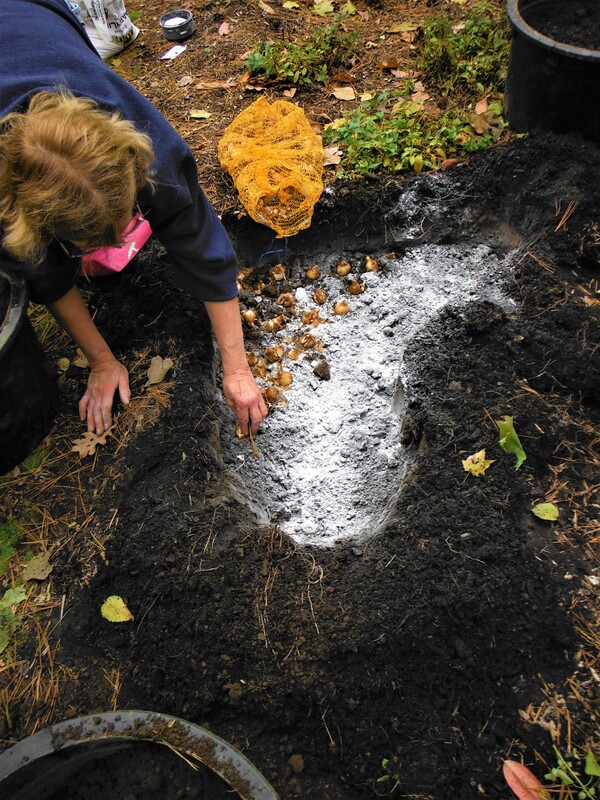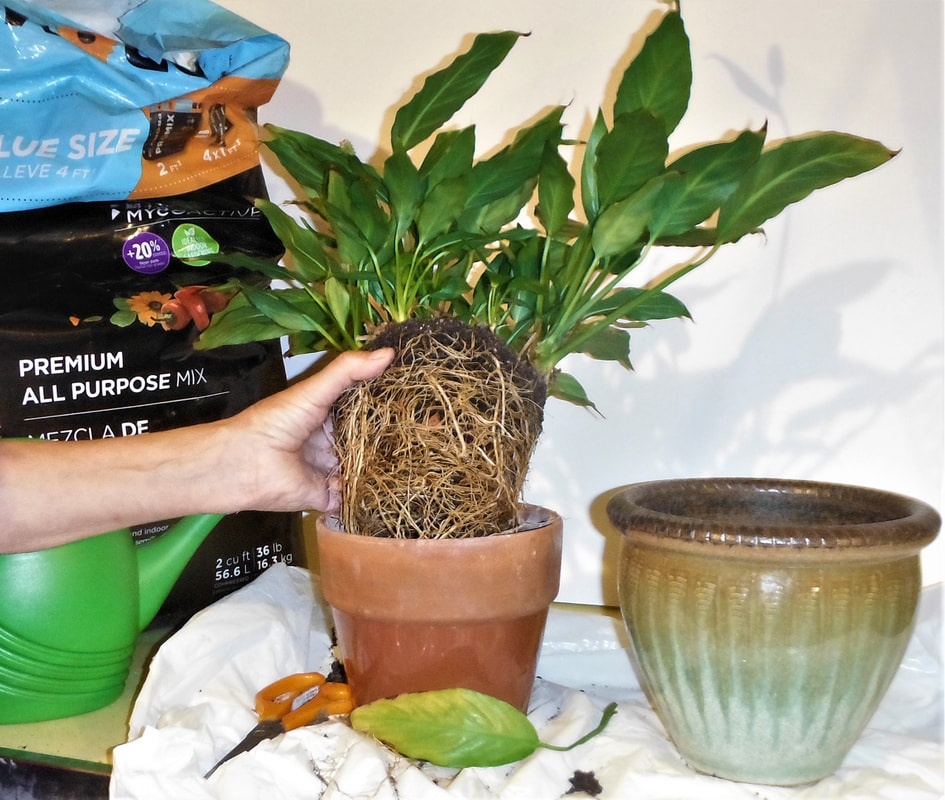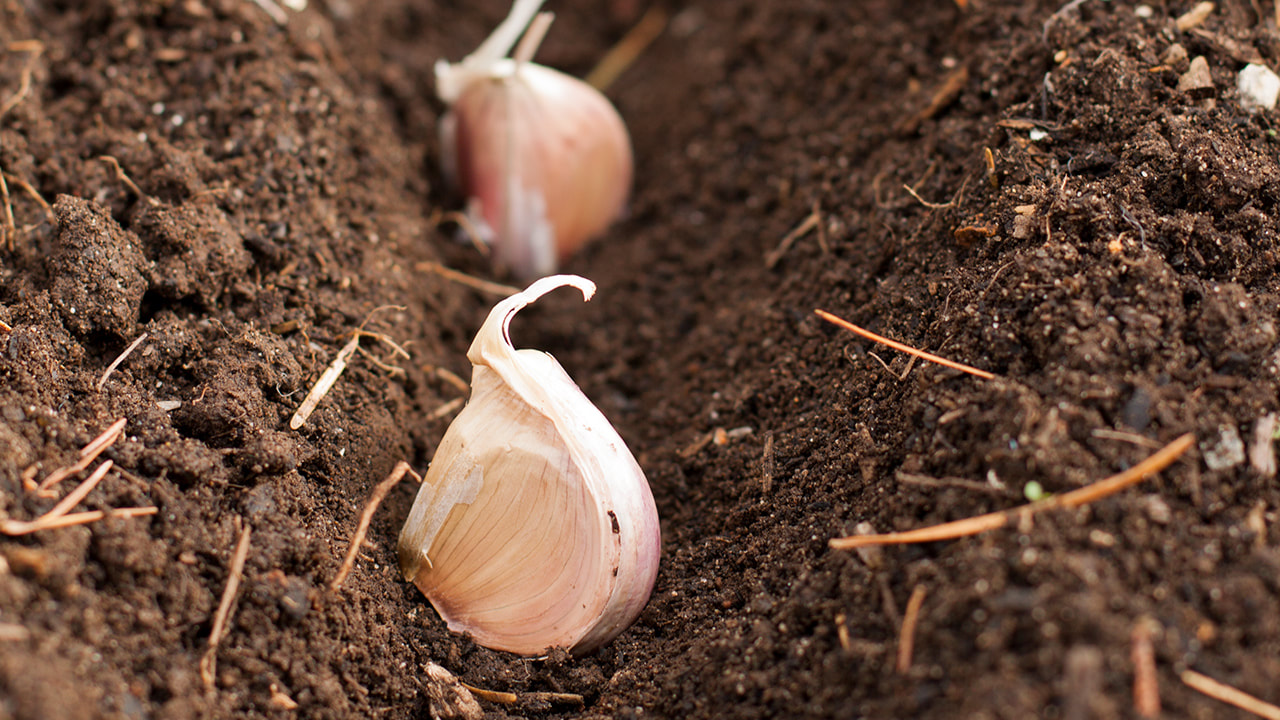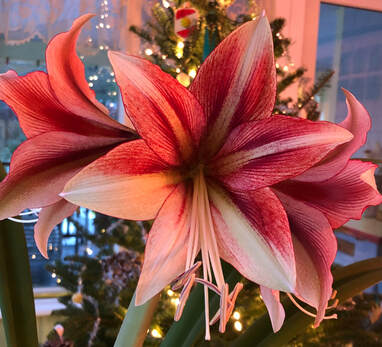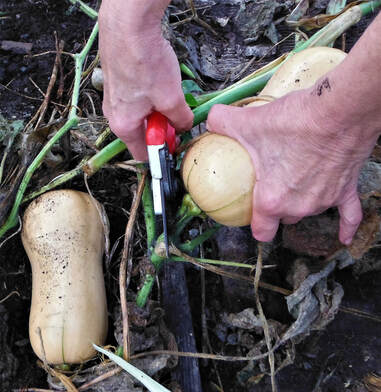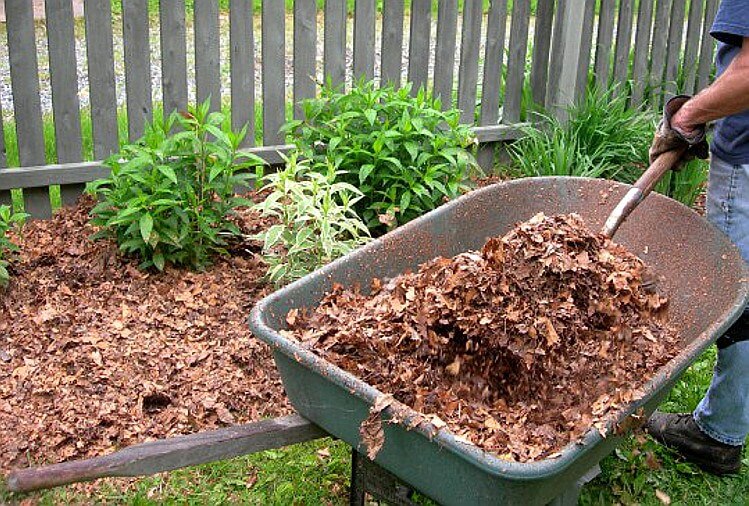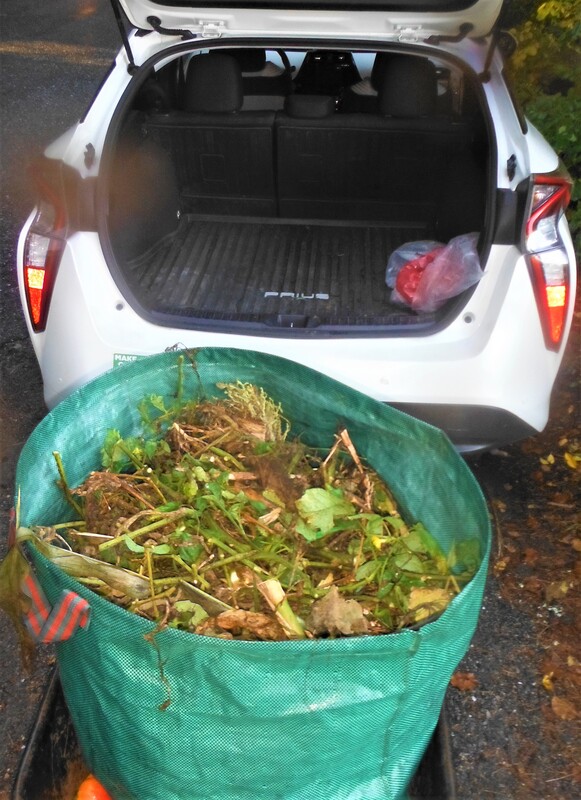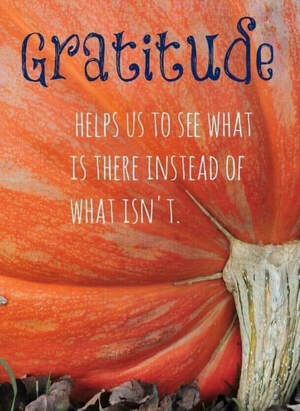Horticultural Hints for October!
|
Lime time. Lime your lawn and garden this month. Rain, freezing and thawing, and snow melt all help to get the lime down into the soil before the spring growing season begins.
Check your iris tubers for borer damage and discard any that show evidence borers have been at work.
Dig and divide overgrown summer bloomers. Siberian iris with dead centers will benefit from the division. On bearded iris, look for any pinholes in the tubers. These indicate iris borers and mean a quick trip to the garbage. Healthy plants can be divided and replanted either in your garden or as gifts for friends. For tubers (dahlias), bulbs (caladiums), rhizomes (cannas) or corms gladiolus), they need to be gently lifted, then allowed to dry out of the sun. Carefully remove most of the dirt and check for insect or disease damage. Store healthy ones in paper bags in a cool dry place. October is the ideal time to put in new spring bulbs. If you plant daffodil and hyacinth bulbs in the middle of the flower border, new growth from perennials will hide the yellowing foliage next spring. Remember large bulbs need to be 8 to 12 inches deep, small bulbs six inches. Lime, which is beneficial to all spring bulbs in New England’s acidic soil, should be placed at the bottom of the hole with the bulb and then sprinkled over the top of the planting area. The lime also helps to disguise the scent of the bulb and deter squirrels and chipmunks.
|
Put the summer garden to bed!
In the vegetable garden, finish harvesting your herbs and vegetables early this month. Green tomatoes can be ripened indoors on windowsills if frost threatens. Root vegetables such as carrots and potatoes store well in cool humid locations. Don’t let this year’s diseases and insects carry over to next year in the fallen leaves and plant debris in your vegetable and ornamental beds. Remove all the debris, bag it, and trash it. Do not compost vegetable garden plants. Re-potting season. October is the month to re-pot any house plants that have outgrown their container. Never go up more than one or two inches (for very large plants) in pot size when repotting. Remove any rotten or mushy roots. Pry apart matted or circling roots, and cut off those that are too compacted. Doing this ensures so the remaining roots will reach out into the new soil. When re-potting, start with a coffee filter (or similar) over the pot’s drain hole to contain the soil, then add a layer of soil. Hold the plant at the level you want it to sit and add soil around it to stand it upright (with large plants you may need an assistant). Firm the soil but do not pack it down. Water thoroughly until it runs out the bottom. Set the container aside and add more water until you are certain the entire pot is wet. Use a pot saucer to catch any overflow and place the plant in its new home.
Give yourself a spring surprise.
Plant hard-neck garlic, point up, after a frost late this month for a bumper crop next spring. Plant each clove separately, and top with a fresh layer of compost. Mulch with six inches of straw or pine needles in November to encourage continued root growth. HINT: Use lime both as fertilizer for your spring bulbs and as a topdressing to deter rodents.
|
Be Sure to watch the temperature forecast!
In the vegetable garden, dig your potatoes and harvest winter squash before that first frost hits. Frost on a pumpkin is quaint; frost on a butternut squash turns it to unusable mush. Harvest winter squash with one inch of stem attached. Clean then dip in a 10% bleach solution and dry before putting away for the winter. Autumn leaves are spring nutrients. Mow leaves into the lawn this fall and be rewarded with healthier soil for the lawn next spring. If you use a bag attached to the mower to catch the chopped leaves, spread those chopped leaves as a mulch around trees and shrubs, and also in your perennial beds. The leaf-grass mix can also be added to the vegetable garden or, of course, your compost pile. Healthy leaves in garden beds can be left in place now, or, if you are a neatnik, rake leaves off beds, chip them up by running over the leaves repeatedly with your mulching mower, and return them to the beds. They will return the nutrients to the soil over the winter. If you are into neither mowing nor raking, spread a layer of compost over the garden beds and let Mother Nature do all the work of breaking down your leaves.
After the first frost.
After your first frost, clean the vegetable garden of all old plants and vines, dropped fruit and leaves. Do not add garden debris to your home compost as it may carry disease or insect eggs which can over-winter. Remove and discard any plastic used under your plants to prevent carrying disease or insect eggs over to next season. |

